Introducing solid foods is an exciting milestone, but it comes with many questions. Parents want to make sure their baby is ready and has the right tools for a smooth transition.
Silicone feeding sets make starting solids easier by providing safe, non-toxic, and baby-friendly utensils. With soft spoons, suction bowls, and divided plates, babies can explore new foods while developing self-feeding skills.
Using the right silicone feeding products can help babies enjoy mealtime while reducing mess and frustration. Let’s explore the best ways to introduce solids with silicone.
When Is Your Baby Ready for Solid Foods?
Parents often wonder when to start solid foods. While every baby is different, there are common signs to look for.
Most babies are ready for solids around 6 months old when they can sit upright, show interest in food, and have good head control. Introducing solids too early can increase the risk of choking and digestive issues.
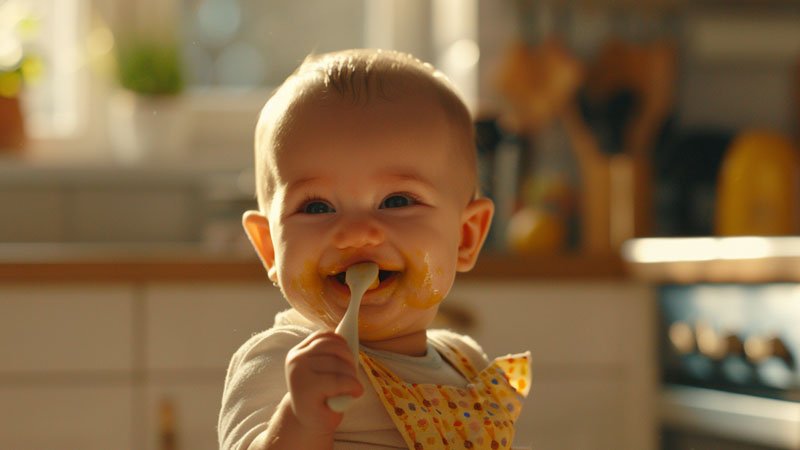
Signs Your Baby Is Ready
| Sign | Why It Matters |
|---|---|
| Sits upright with support | Helps with safe swallowing |
| Shows interest in food | Watches and reaches for food |
| Loses tongue-thrust reflex | Stops pushing food out with tongue |
| Has good head and neck control | Reduces choking risk |
If your baby shows these signs, it’s time to introduce solids using baby-safe utensils.
Best Silicone Feeding Tools for Starting Solids
Choosing the right utensils can make the transition smoother. Silicone feeding products are soft, flexible, and designed for tiny hands.
1. Soft Silicone Spoons for First Bites
Babies need gentle spoons that won’t hurt their gums.
Soft silicone spoons are flexible and small, making them perfect for feeding purees and mashed foods.
✔ Best for: First bites and early spoon-feeding
✔ Pros: Soft, non-toxic, easy to hold
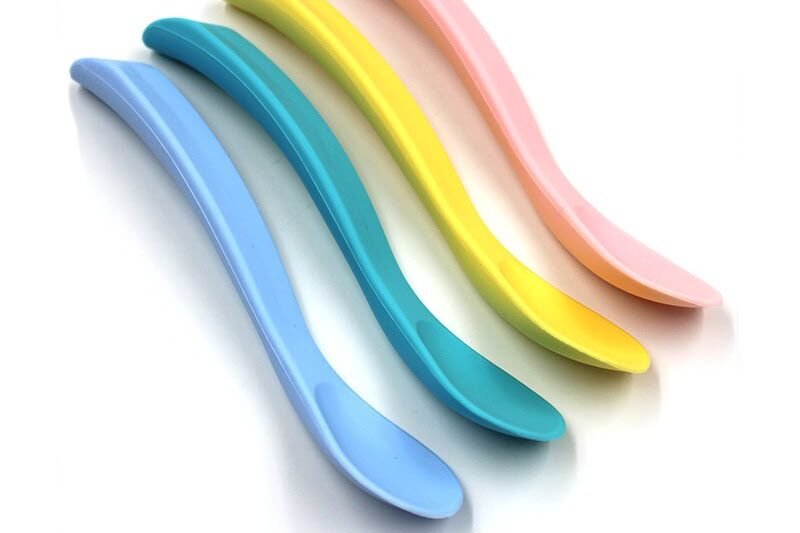
2. Silicone Suction Bowls to Reduce Mess
Babies love knocking bowls over, making mealtime messy.
Silicone suction bowls stick to smooth surfaces, preventing spills and keeping food in place.
✔ Best for: Keeping food from tipping over
✔ Pros: Strong suction, deep bowl, easy to clean
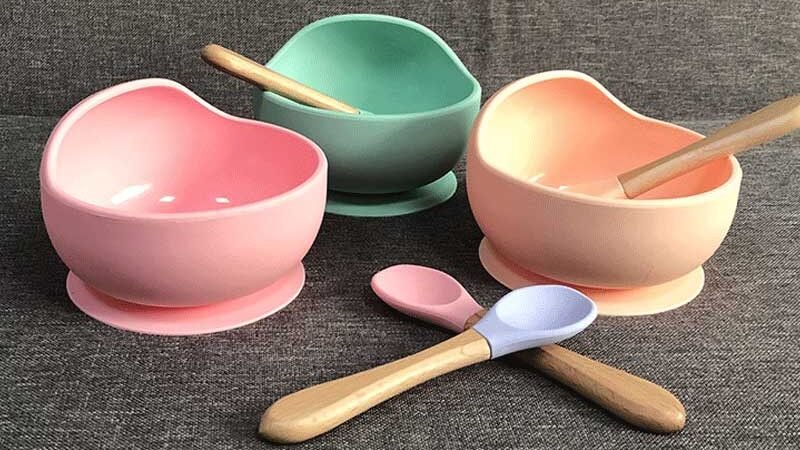
3. Divided Silicone Plates for Self-Feeding
As babies grow, they need plates that hold different foods.
Divided silicone plates separate textures and flavors, making it easier for babies to explore new foods.
✔ Best for: Older babies learning self-feeding
✔ Pros: Suction base, portion control, durable
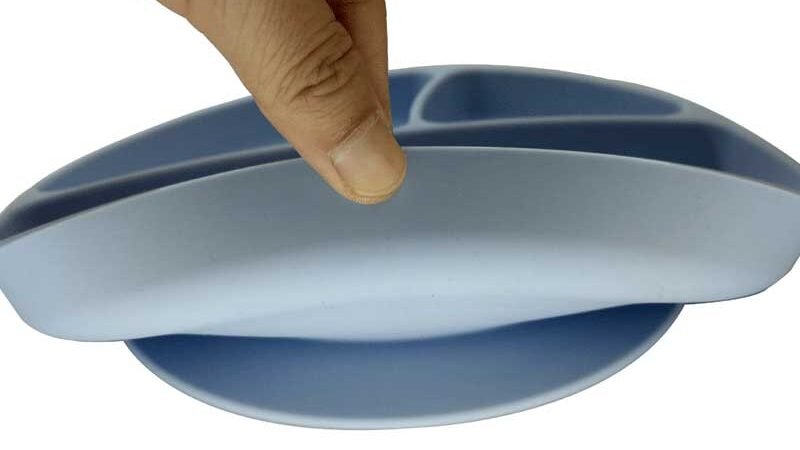
4. Silicone Training Cups for Learning to Drink
Transitioning from a bottle to a cup can be challenging.
Silicone training cups help babies practice drinking independently with soft, safe edges.
✔ Best for: Weaning off bottles
✔ Pros: Spill-resistant, easy grip, soft edges
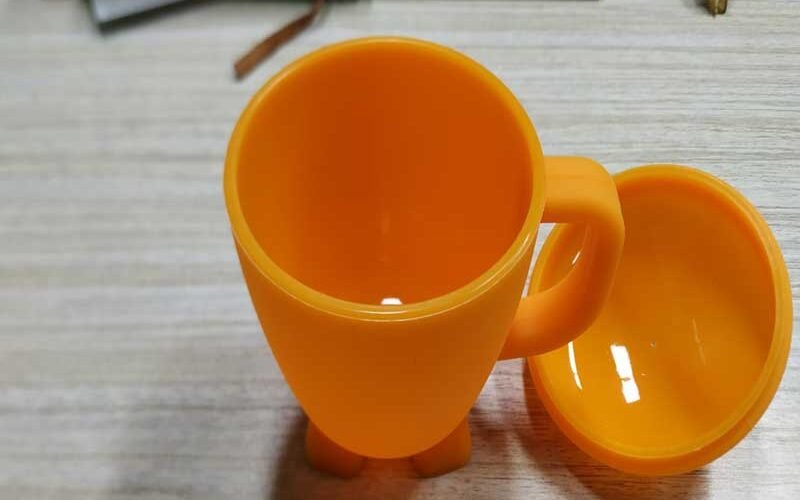
How to Introduce Solids Using Silicone Feeding Sets
Starting solids can feel overwhelming, but following a step-by-step approach helps.
Step 1: Start with Single-Ingredient Purees
Begin with simple foods like mashed bananas, sweet potatoes, or avocado.
- Use a soft silicone spoon to offer small bites.
- Wait 3–5 days before introducing new foods to watch for allergies.
Step 2: Introduce Soft Finger Foods
When your baby is comfortable with purees, try soft finger foods.
- Offer bite-sized pieces of steamed carrots, ripe fruits, or scrambled eggs.
- Use a silicone suction plate to keep food separate.
Step 3: Encourage Self-Feeding
Babies learn best by practicing on their own.
- Give them a training spoon to practice scooping food.
- Let them explore with their hands and get messy.
Step 4: Introduce a Cup for Drinking
Help your baby transition from a bottle to a cup.
- Start with a silicone training cup with handles.
- Offer small sips of water during meals.

Common Questions About Starting Solids with Silicone
Is silicone safe for baby feeding?
Yes! Silicone is BPA-free, non-toxic, and soft, making it safe for babies. It won’t break like plastic or glass.
How do I clean silicone baby utensils?
Silicone utensils are dishwasher-safe and can be boiled for extra sanitation.
What foods should I start with?
Great first foods include mashed avocado, bananas, sweet potatoes, and soft-cooked carrots.
When can my baby start using a fork?
Around 12 months, babies can start practicing with a soft silicone fork.
How can I prevent messes?
Use silicone suction plates and bowls to keep food in place and a silicone bib to catch spills.
Conclusion
Transitioning to solid foods is an important step in a baby’s growth. Using silicone feeding sets makes mealtime safer, easier, and more enjoyable. Soft spoons, suction bowls, and training cups help babies develop self-feeding skills with confidence.